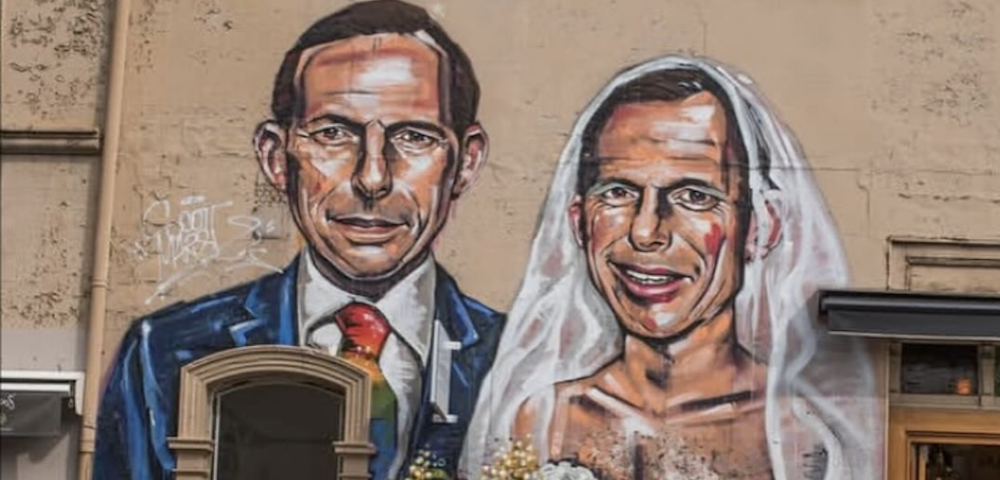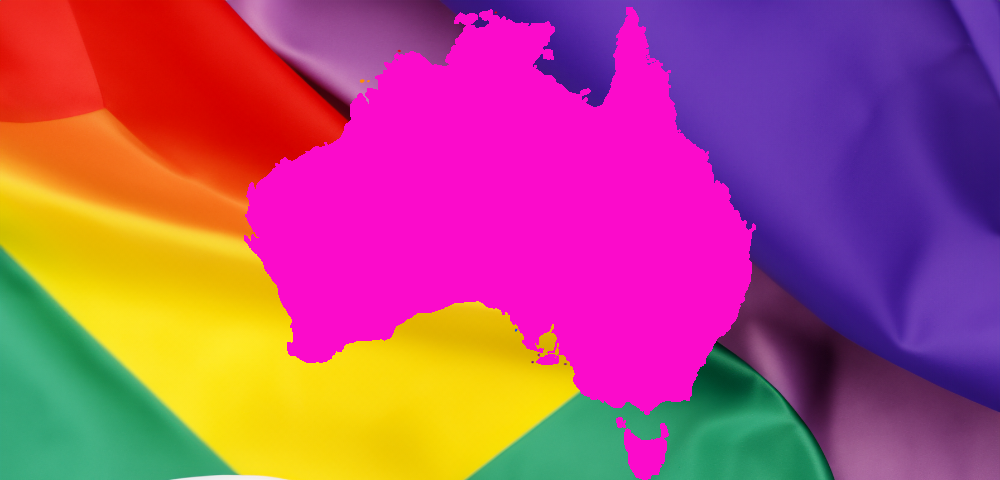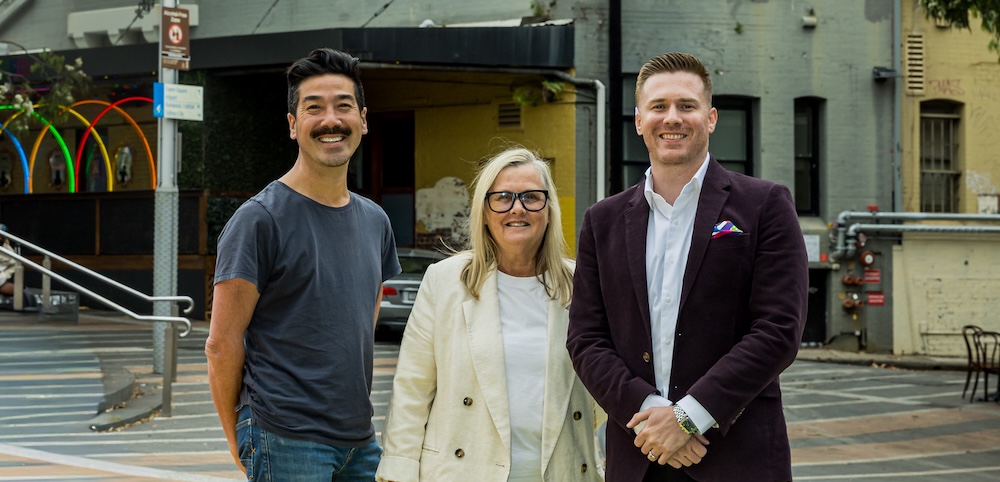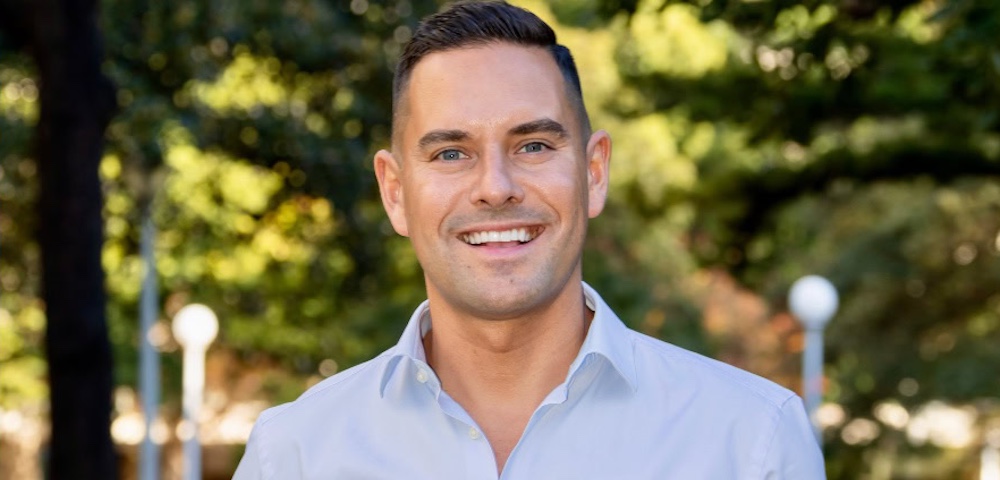
Vilification case settled
Gary Burns has won a bittersweet victory in his homophobic vilification case before the Administration Decisions Tribunal.
The judgment in the case, released on Tuesday, stated that Burns was harassed on a number of occasions by his former neighbour, John Dye, but argued that only one of the incidents cited constituted homosexual vilification under the terms of the Anti-Discrimination Act.
The three-member tribunal ordered Dye to send a letter of apology to Burns and pay him $1,000.
Burns was dismayed and angered by the ruling.
Today’s judgment was an unfair judgment, he said. One thousand dollars compensation and -¦ an apology simply isn’t good enough. This has cost me $25,000 of my money, it has cost me many months of depression and suffering to bring this case to court.
However, Burns’s solicitor, John Hunter, said the judgment was a very positive outcome for Gary and the community generally, as it represented one of the first tests for the homophobic vilification provisions of the Act.
A minority judgment was provided by tribunal member Anthony Silva, who argued that the various allegations Burns had made against Dye should have been considered in toto, rather than as separate incidents. Silva stated that $15,000 would be a more appropriate sum for Burns to be awarded (the tribunal can award sums of up to $40,000).
The case ran over four separate hearing dates from May to November last year. Among other allegations, Burns claimed that he had been subject to homophobic abuse and name-calling from Dye, that his door had been graffitied with anti-gay slogans and drawings and that at various times, used condoms, broken glass and faeces had been left on his doorstep. The series of incidents started not long after Burns moved into a Woolloomooloo apartment block where Dye lived in August 1999.
Another resident of the apartment block, who also claimed to have been harassed by Dye, told the Tribunal last year that the homophobic attacks were like a reign of terror.
Dye denied all the allegations made against him, although he conceded he made one homophobic remark about Burns in front of police. However, the tribunal accepted evidence from other witnesses who contradicted Dye and found on balance, that Mr Dye was the author of the offending graffiti.
The tribunal found that the graffiti incident constituted homophobic vilification under the Act, but other incidents as alleged by Burns did not. The sticking point would appear to be the onus of proof placed upon applicants (in this case, Burns) to show that the acts/incidents incited public contempt or ridicule because of their homosexuality.
It does not follow automatically that verbal abuse directed at a homosexual person or persons that includes words understood to be insulting of homosexuals, is capable of inciting the requisite ill-feeling required to establish a complaint of homosexual vilification, the tribunal members stated in their judgment. Although the tribunal members condemned Dye’s verbal abuse of Burns, they argued that it did not constitute conduct capable of inciting hatred towards, or serious contempt for, or severe ridicule of Mr Burns on the grounds of his sexuality.
Hunter told Sydney Star Observer that the judgment was a step forward but that it revealed deficiencies in the current Act.
The law should be reviewed to make it more appropriate for people to use, he said, adding that it currently placed a very harsh burden of proof on applicants.
Burns said the judgment represented a bittersweet victory.
It’s been difficult, he said. I’m a good person, I’m a decent person, I want to make society a better place for people. I don’t want people put in boxes, put on the mantelpiece and knocked off by those who have hatred in their hearts.
Burns said he would consider appealing the judgment after receiving legal advice.









